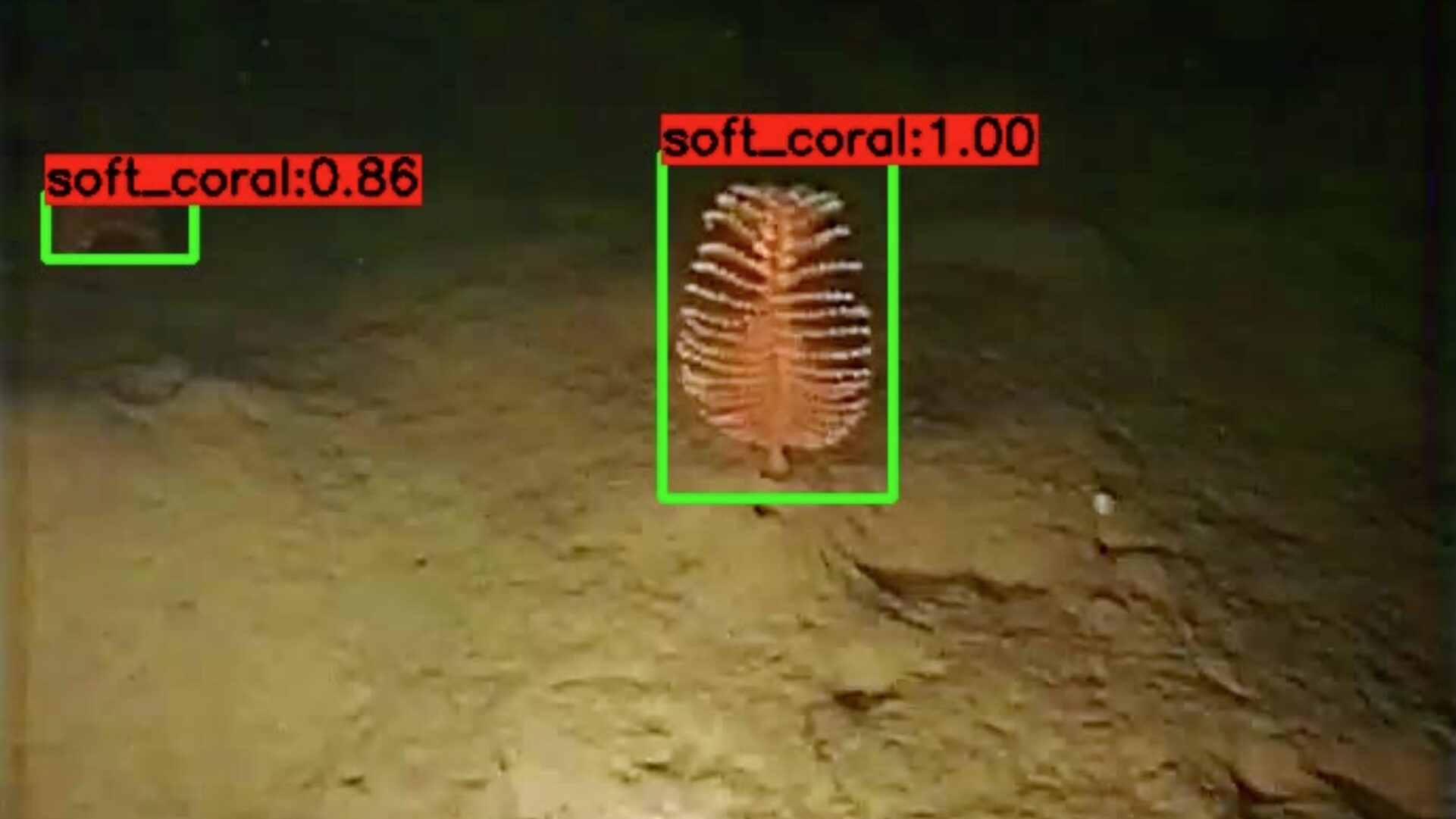
Hidden under the sea in the Kosterhavet National Park on the Swedish west coast you can find a rich and diverse underwater landscape: cliffs and deep valleys, dark clay sea beds, forests of seaweed and rocky reefs, shallow bays and narrow straits. The variation of habitats and ecosystems creates conditions for an unusually rich flora and fauna. With over 6000 different marine seaweeds and animals, Kosterhavets National Park is the most species-rich marine environment in Sweden.
For the last 30 years, the scientists at the Tjärnö Marine Laboratory have used Remotely Operated Vehicles (ROVs) and underwater cameras to monitor the area around the Kosterhavet National Park. The movies and images available to us today not only present an otherwise unseen part of the national park, they also can take us 30 years back in time. In our research we study how climate change and human activities influence the fauna in this area and which positive effects the protective status as national park had on the seafloor habitats. This research project develops machine learning methods to automatically extract ecological data from subsea footage and use it for benthic monitroing and conservation research.
If you want to know more about research and data from from this group, contact our partners at University of Gothenburg or visit the project website Koster Seafloor Observatory.
